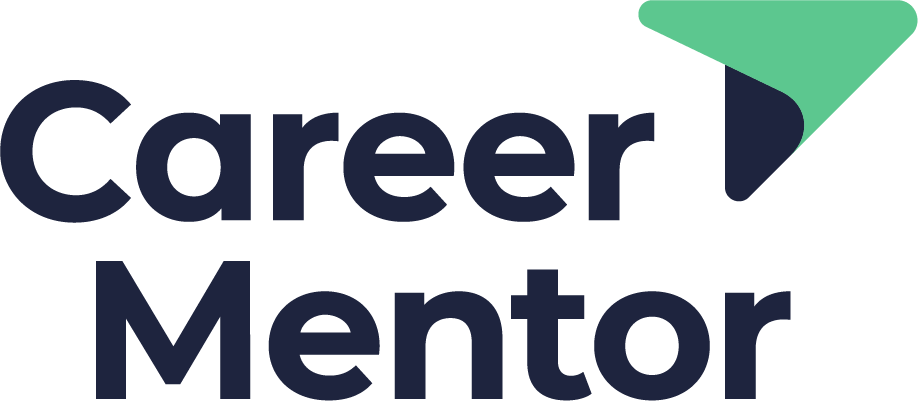Optimise your LinkedIn for more than a one-track job search
Optimising your LinkedIn Profile is straightforward when you want to be found for the job that you’re currently doing. Let’s say you’re in Quant Research and you want to stay in Quant Research - it’s relatively easy to align your keywords and profile content with what firms will be looking for. However, what do you do if you want to change track or conduct a job search for two different roles, concurrently?
Option 1. Conduct a sequential job search.
By this I mean decide on your priority role and do a thorough job search with that in mind. If you do that search with clear messaging, using a number of prospecting channels and with enough intensity, the market will inevitably give you feedback. Time and timing are key factors, but that aside, you should get a pretty good idea if it will be possible for you to find a role in this targeted field. This option allows you to shape your LinkedIn Profile in such a way that appeals to your chosen audience.
Should the market feedback give you a clear message that it isn’t going to work, you can then stop any action in that direction and shift your focus and actions to the second role. Of course, the slight hitch with this is that even if you decide to stop the first job search, you’ll have created a momentum and some of the conversations that you started may well open up again. If you’ve overhauled your LinkedIn Profile, those potential employers might be confused or concerned about the different message that you’re offering to the market. What’s the value that you bring and what is it that you really want?
Option 2. Conduct concurrent job searches
Let’s say that you want to pursue two types of roles at the same time. This makes optimising your LinkedIn Profile more tricky, yet there are plenty of legitimate reasons for wanting to do this. If you do decide to have two parallel job searches, I’d make the following suggestions:
Find and use the keywords that both roles have in common and put them in your Profile’s Headline, About section, Experience, and Skills section
Go up a logical level. Let’s imagine that you want a job running a sales and trading floor or you want a job running a regional office. What have both got in common? I’d say leadership, business management, client relations and business development. So, the core messaging will be about your ability to lead and run a business.
If you’ve skilfully populated your LinkedIn Profile with relevant keywords, the important thing is that the reader will read your profile in light of what they’re looking for. The absence of a direct statement about what specifically you’re looking for is not necessarily a hindrance.
Option 3. A clear departure from the old to the new
If you want to make a significant change in career, perhaps the answer is to make a bold statement of intent. This is a technique taken from CV writing where you can add a paragraph called Career Objective, placing it under your Professional Profile and above the Experience section. In one sentence, you tell the reader about your new direction of travel. On your LinkedIn Profile, you could put this in the About Section and use all four visible lines before ‘...see more’.
You can add keywords relevant to the new role in the context of ‘this is what I want to do in the next phase of my career’. You can also think about the skills and attributes that you bring, which you think prospective employers in your new field will find attractive and use those keywords accordingly.
—
Optimising your LinkedIn Profile for a job search is not always easy and, inevitably, there are going to be some less than perfect choices to be made in the way that you market yourself and your capabilities. If you have any questions about LinkedIn and how you can utilise it in an effective job search, let’s talk. You can use this link to book a call.
